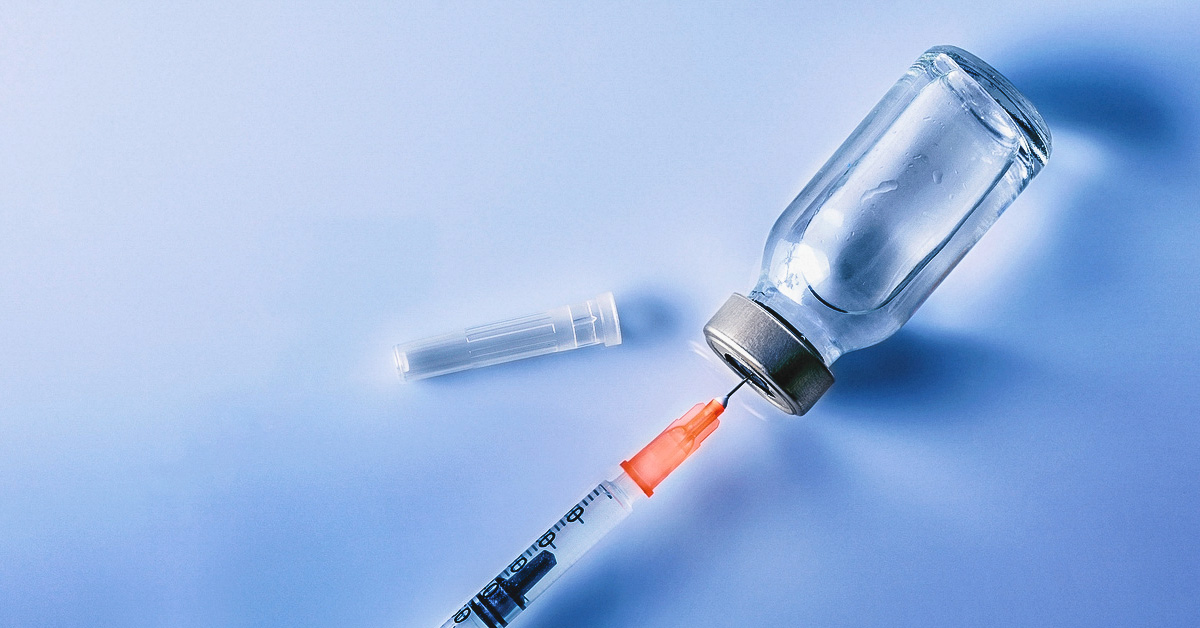
Mandatory vaccinations highlight the polarity on the debate between the rights of individual choice versus the betterment of the community. On one side of the discussion is the desire to promote personal choice. Despite overwhelming evidence to the contrary, proponents against mandatory vaccination programs point out the possible risk of vaccinations as a reason for an opt-in model. Although there is a preponderance of documentation highlighting the safety and social benefits of the vaccination, the anti-vaccinators remain undeterred in their thought process.
Even though arguments exist regarding the risk-benefit ratio, there is always a possibility of an adverse outcome. Further obscuring matters is the causal relationship of obtaining the vaccination. Since this is a clinical event and the use of vaccines is so widespread, associating complications can be challenging to determine since there is a possibility that the assumed condition may occur at a time far from the actual immunization event.
Therefore, the National Vaccine Injury Compensation Program designed by the Department of Health and Human Services(HHS), is a Federal “no-fault” system designed to compensate individuals, or families of individuals, who have been injured by childhood vaccines, whether administered in the private or public sector. The program allows remuneration to occur without having to prove causation. Eighty percent of compensation awarded through this program comes because of a negotiated settlement despite the fact that the findings of HHS do not show that the alleged vaccine caused the alleged injury. Data from the Center for Disease Control (CDC) indicates that during a ten-year period, there was a distribution of 3.1 billion doses of vaccines. During this same period, approximately one per 1,000,000 doses, thus a rare occurrence, led to compensation at an average payout of $430,000 per event.
One may argue that the lack of knowledge of the program underestimates the cost of payouts, and the fact that the program exists is a commission of the real safety concerns. However, we need to step back and examine the concept of the model itself. Facing situations of individual rights versus the common social good are unavoidable so is the ability to establish absolute truths provided by our scientific data. By focusing on how to mitigate and optimize this conundrum, models like this program allow us to move forward in providing health for both individuals and our communities. Let’s not waste time debating situations that are complex and encompass multiple competing biases. Instead, let’s put our resources and creative energies towards how to manage the circumstance in a manner that optimizes both sides of an issue. Let’s prioritize this in a way that we will be able to enhance our societal goals while maintaining the individual rights we so cherish.
